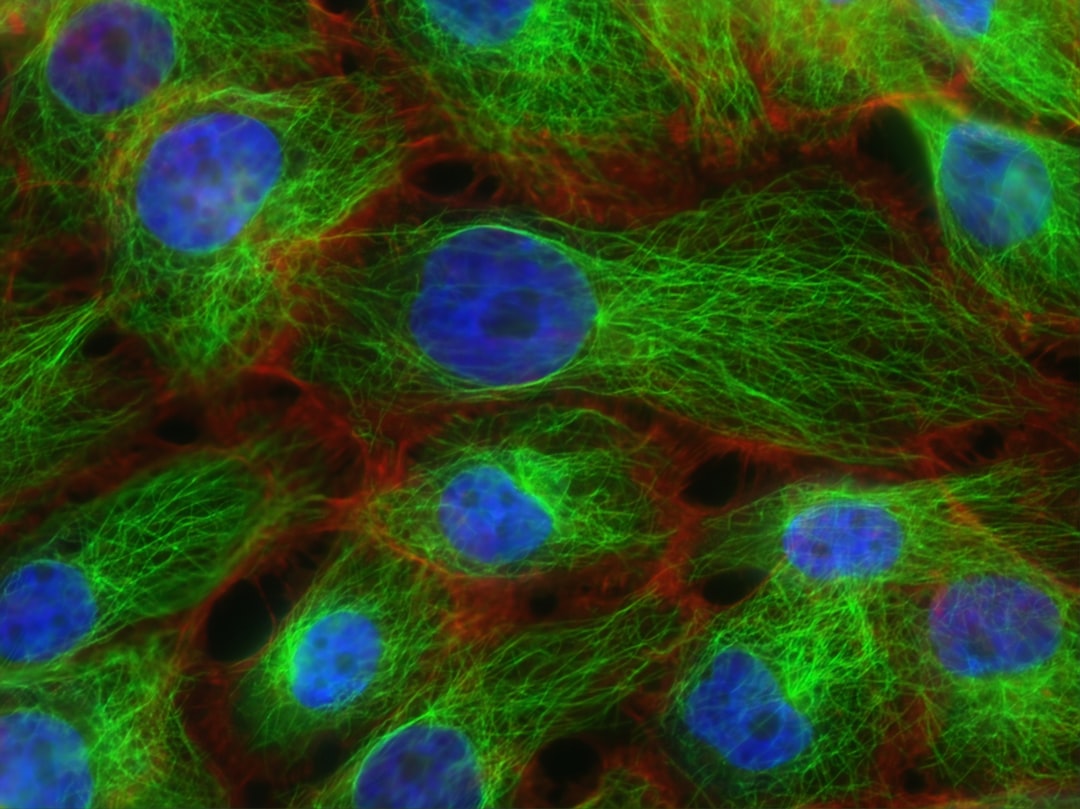What is it about?
Type 2 diabetes is caused by both genetic and environmental factors. Better understanding how gene and diet interact can help us to prevent and predict the disease. We found that genetic variants in glucose transporter 10 (GLUT10) gene that impair GLUT10 function can interact with a high-fat diet (HFD) to increase risk of developing obesity, metabolic dysregulation and fatty liver in mice. We showed that GLUT10 maintains intracellular vitamin C levels, which promotes the expression of genes critical for fat cell formation. Mice with a GLUT10 variant impaired protein function have reduced fat cell formation and reduced white adipose tissue development. They have a normal metabolism on a normal diet despite having little white adipose tissue, but when on a high-fat diet, they quickly become obese, develop metabolic dysregulation and fatty liver. In fact, we shown that genetic variations in GLUT10 gene are associated with a risk factor that increases the risk of developing type 2 diabetes in human population. Our findings suggest that genetic variations in GLUT10 may be associated with a higher risk of developing type 2 diabetes, particularly in individuals who consume a high-fat diet.
Featured Image

Photo by Louis Hansel on Unsplash
Why is it important?
Understanding how gene and diet interact in the development of type 2 diabetes can lead to preventive measures for people at higher risk.
Perspectives
This study highlights the importance of personalized medicine, where genetic testing and lifestyle modifications can be used to prevent disease before it develops. For example, individuals who carry genetic variants that compromise GLUT10 function have an increased risk of developing obesity and type 2 diabetes with a high-fat diet, but by modifying their diet, they may be able to prevent or delay the onset of the disease.
Dr. Yi-Ching Lee
Academia Sinica
Read the Original
This page is a summary of: Glucose transporter 10 modulates adipogenesis via an ascorbic acid-mediated pathway to protect mice against diet-induced metabolic dysregulation, PLoS Genetics, May 2020, PLOS,
DOI: 10.1371/journal.pgen.1008823.
You can read the full text:
Resources
Contributors
The following have contributed to this page










